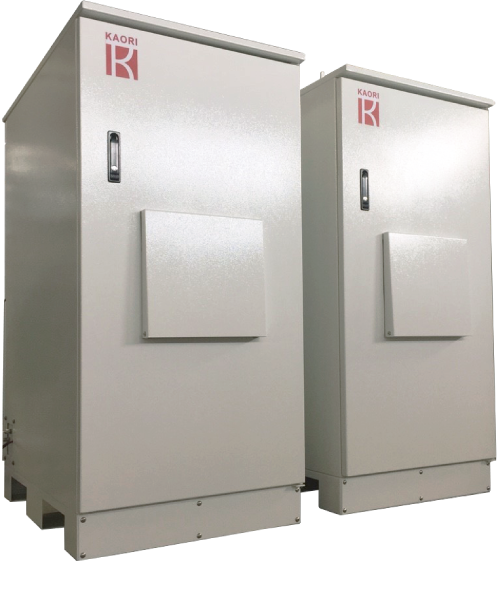Hydrogen Energy and Fuel Cells
Hydrogen Energy and Fuel Cells
Text 2
Hydrogen Energy and Fuel Cells
A New Energy Solution Towards Net-Zero Emissions
On May 18, 2021, the International Energy Agency (IEA) officially released its annual blockbuster report "Net Zero by 2050: A Roadmap for the Global Energy Sector". This report was called by IEA Director Fatih Birol as "one of the most important reports in fifty years." Energy transition, to build an energy system that achieves net-zero emissions by 2050. In the short term, the report describes the way to achieve net-zero, including immediate large-scale deployment of all available clean and efficient energy technologies, and vigorously promoting and accelerating innovation on a global scale.
The report mentioned that electricity has become an important part of the energy system. From transportation, construction to industry, it will play a key role in all fields. By 2040, power generation will need to achieve net-zero emissions on a global scale and gradually achieve nearly half of the total energy consumption. This will require a significant increase in the flexibility of the power system, such as batteries, demand response, hydrogen fuel, hydroelectric power generation, etc., to ensure a reliable power supply. In addition, new low-emission industries are booming. By 2045, new energy technologies will be widely used. The vast majority of cars on the road will run on electricity or fuel cells, airplanes will mainly rely on advanced biofuels and synthetic fuels, and hundreds of factories around the world will use carbon capture or hydrogen.
KAORI has developed hydrogen power generation technology for decades. We believe that fuel cells are a potential new energy green power generation tool. Currently, we are focusing on the development of Reformed Methanol Fuel Cell (RMFC) power generation systems. The fuel cell power generation system can be used as auxiliary power, emergency backup power, independent power supply, and power system integrated power generation. The system architecture uses the high power density and high energy efficiency characteristics of the hydrogen proton membrane fuel cell stack; at the same time, methanol is used as the fuel cell input energy to replace the traditional high-polluting diesel power generation. Methanol is not only convenient for storage, but also convenient for transportation, and relatively cost-effective. Low and low environmental hazard; Hydrogen is produced and used immediately, avoiding the high-pressure hazard in hydrogen storage, the dilemma of a large number of hydrogen cylinders, and the high cost of use; combined with the remote monitoring system, let the green power go where to take it where.
Text 3
New Energy Hydrogen Fuel Cell Solutions
 | |
Contact us today to get more details. Request a Quote.

